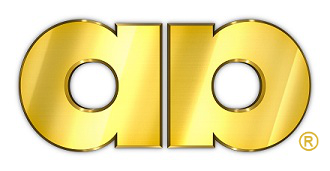Trademark and Brand Usage Policy
Welcome to the Allied Artists International, Inc. (“AAI”} Trademark and Brand Usage Policy. This policy is designed to answer the most common questions we receive regarding use of our AAI trademarks, to provide our community with clear guidance, and to enable you to make certain uses of our AAI trademarks without the need to seek our individual, written permission in each instance.
AAI has, on occasion, demanded that companies and other organizations tolerate legal, fair uses of their trademarks, including those uses that parody or criticize the organization in question. Nothing in this Policy is intended to limit any right you may have to use AAI’s trademarks in a manner that is otherwise allowed by law, including to criticize AAI or to parody our organization or its work.
What are Trademarks?
Trademarks are best thought of as a type of consumer protection law; they help those seeking goods and services efficiently differentiate one supplier from another. The term “trademark” includes any word, name, symbol, or device – or any combination of those – that is used by a person or entity to identify and distinguish their goods and services from those offered by others, and to indicate the source or origin of their goods and services. So, for example, you can tell whether a motion picture or music product was released or distributed by Universal or Warner Bros. by referencing the product’s trademark and branding; and neither Universal nor Warner Bros. can adopt the brands of the other, because such use would typically cause confusion among consumers. In the U.S., and in many other jurisdictions, it is not required to register a trademark with the government before claiming rights in the mark.
What are AAI Trademarks?
The AAI trademarks (collectively, the “AAI Marks”) are all trademarks owned or used by AAI, including but not limited to:
1. Our ALLIED ARTISTS® Standard Character Trademark
ALLIED ARTISTS®
2. Our ALLIED ARTISTS® Logo Design Trademark
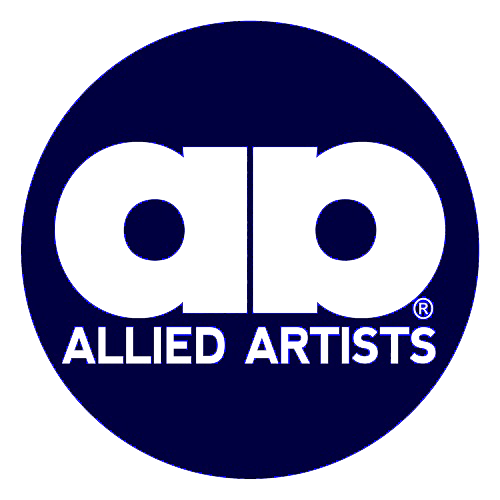
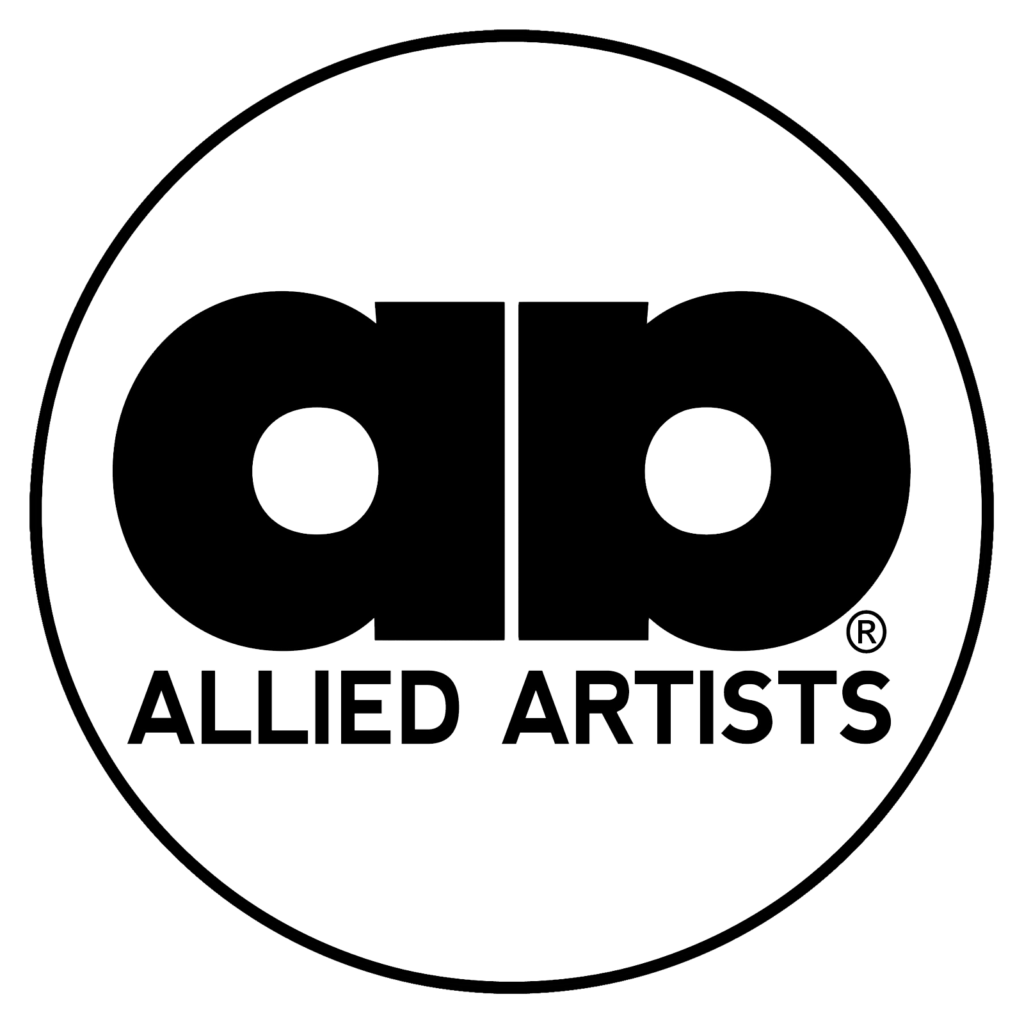
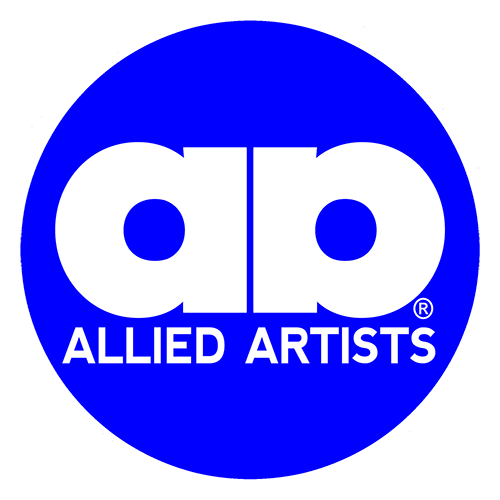
3. Our MIRRORED A’S ALLIED ARTISTS® Design Pseudo Trademark
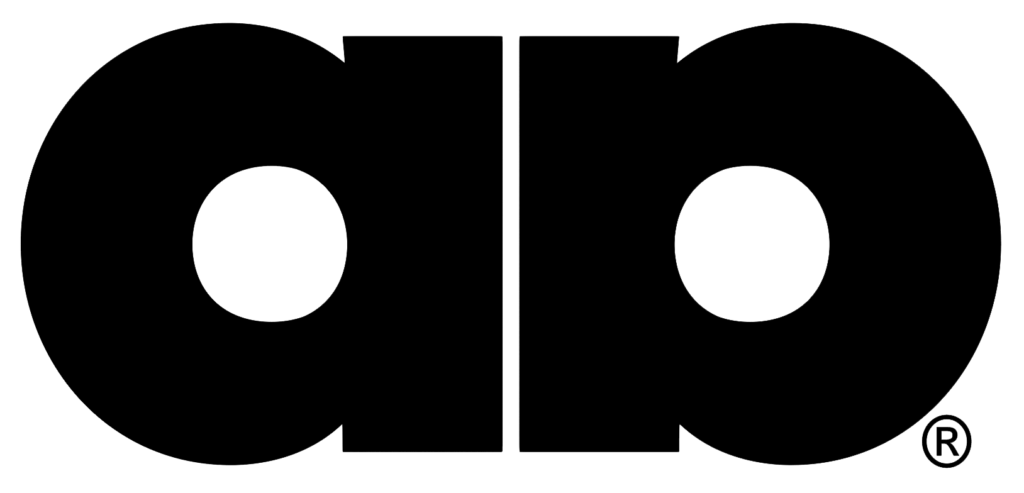
4. Our MONOGRAM PICTURES® Standard Character Trademark
MONOGRAM PICTURES®
5. Our MONOGRAM Logo Design Trademark

6. Our Allied Artists Film Group Standard Character Trademark
ALLIED ARTISTS FILM GROUP™
7. Our Allied Artists Film Group Combination Logo and Standard Character Trademark
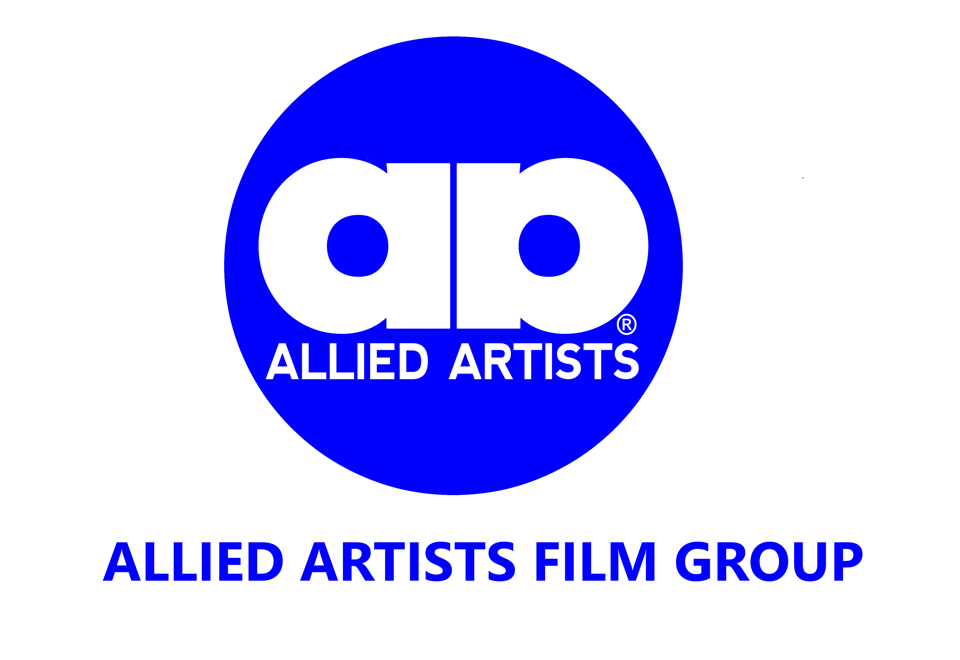
8. Our Allied Artists Music Group Standard Character Trademark
ALLIED ARTISTS MUSIC GROUP™
9. Our Allied Artists Music Group Combination Logo and Standard Character Trademark

10. Our Allied Artists Corporate Logo Design Trademark

This list may be updated as other trademarks are created or registered.
In Which Situations May I Use the AAI Marks?
Simple Answer: To Truthfully Identify AAI and Our Products and Services
Consistent with our position favoring the free exchange of ideas and information, and favoring limitations on the ability of trademark owners to stifle speech with which they disagree, nothing in this Policy is intended to limit any rights you may have to use AAI’s Marks in a manner that is otherwise allowed by law.
For example, trademark law (including pursuant to the “nominative fair use” doctrine) allows you to make non-trademark use of the AAI Marks to truthfully refer to or identify AAI and its products and services. So, you don’t need our permission to write about why you love (or hate) our products or services, to inform others of the origin of our products, or the like.
Another example for which AAI authorizes the use of an AAI Mark is for encyclopedic uses, in which the use is designed expressly to demonstrate the trademark in question, and does not imply that AAI is sponsoring or connected with the publisher or anything beyond being the subject of an encyclopedic article.
Your intended use may be a nominative fair use if:
- It’s not easy to identify the product or company without using a mark (e.g., using the term “Los Angeles Lakers” instead of “the basketball team that plays in Los Angeles” is acceptable);
- Only so much is used as is necessary to identify the product or company and to accomplish your purpose; and
- You do nothing to suggest the mark-owner has endorsed or sponsored your use.
Personal, Non-Commercial Uses on Affinity Products
You may use the AAI Marks without asking our permission on products like t-shirts and stickers that express your affinity for our organization or products, provided that: (1) your use is non-commercial in nature and you give the products away for free; (2) your use is not misleading and not likely to cause confusion as to whether AAI sponsored, endorsed, or was otherwise involved in creating or offering your products; and (3) if you are offering more than 50 units, you do not advertise or offer the products online.
If you want to sell affinity products (even if you’re just charging a nominal fee to cover your costs), want to give away more than 50 units online, or want to make any other uses not specifically permitted here, you must obtain our written permission first.
In Which Situations May I NOT Use the AAI Marks?
In any situation not specifically listed above, and where you are not otherwise legally permitted to do so, you must ask us for permission before using our trademarks. For example, you may not use our AAI Marks in the following situations:
Uses that are Confusing, False, or Misleading
You may not use any AAI Mark in a manner that is false or misleading, or in a manner likely to confuse consumers or the public about the source or origin of your products or services. Confusing uses include uses that may cause people to think your products or services are AAI’s products or services, or vice versa, or that may imply a formal affiliation between you and AAI where none exists. Unless we have done so in writing, AAI has not officially sponsored or endorsed your product or service, and you should not imply that we have.
You may not use the AAI Marks in, or as a part of, any trade name, trademark, domain name, or internet account name that is likely to cause confusion.
That said, the purpose of trademark law is to address confusion, and uses that misleadingly suggest affiliation where none exists; not to silence legitimate criticism, commentary, or parody. For example, if you were to use an @Allied_Artists_sucks Twitter account to voice criticism of our organization, that is probably not something the public would view as an official AAI account, and no permission would be required for a use of that nature.
What If I Want Permission For A Use Not Allowed By This Policy?
If you wish to use any of the AAI Marks in a manner that is not expressly permitted by this policy, or otherwise permitted by a trademark law exception such as fair use, please contact us directly at info[at]alliedartists.net. We will be happy to consider your request. For most efficient processing of your request, your email should:
- Provide plenty of detail regarding the requested use (e.g., “I’d like to sell 100 hoodies at an upcoming concert occurring on June 15, 2093”);
- Contain a mockup of the use you plan to make, so that we can review it (e.g., “enclosed is a .jpg version of the design that I’d like to use on the back of the hoodies I plan to offer”);
- Be clear as to timing and when you require approval (e.g., “I need to order the garments no later than April 15, 2093”); and
- Let us know whether the goods you plan to produce will be given away for free, or how you anticipate pricing them, if applicable.
We ask that you submit any such requests to us at least four (4) weeks before you require approval.
If you plan to make a profit on your use – for example, if you’ll be charging more for your hoodies than they cost to produce – we’ll likely ask you to agree to relinquish any profits you end up with (if any) to AAI.
If I Have Permission to Use an AAI Mark, What Are the Usage Restrictions for That Trademark?
Use the Exact Mark. AAI’s trademarks should be used in their exact, most up-to-date form. They should neither be abbreviated nor combined with other words.
Mark the Mark. The first or most prominent use of an AAI Mark should be accompanied by a “tm” symbol (“™“), to indicate that it is a trademark; you may also use the “r in a circle” symbol (“®“), if the trademark in question is a registered trademark. If you aren’t sure, using the “tm” symbol (“™“) is fine. The first or most prominent mention of an AAI Mark should also be set apart from surrounding text, either by capitalizing, italicizing, bolding, or underlining it.
Credit the Mark. The following notice text should appear somewhere nearby your first or most prominent mention of an AAI Mark (for example in a footer). If that’s not practical, you may include it in a reasonable alternate location:
[mark] is a trademark of Allied Artists International, Inc.
Any goodwill generated by use of the AAI Marks shall inure solely to the benefit of AAI.
How Do I Report Trademark Abuse?
Please report any misuse of the AAI Marks to info[at]alliedartists.net, and provide us with as much information as you can about the use you think might be infringing. We’ll investigate the use, and take appropriate action, if warranted.
Questions?
If you’d like to use the AAI Marks in a way that’s not covered by this policy, or if you have any questions regarding this policy or the use of our trademarks overall, please contact us at info[at]alliedartists.net. Please note that it may take four (4) weeks for such requests to be processed.
